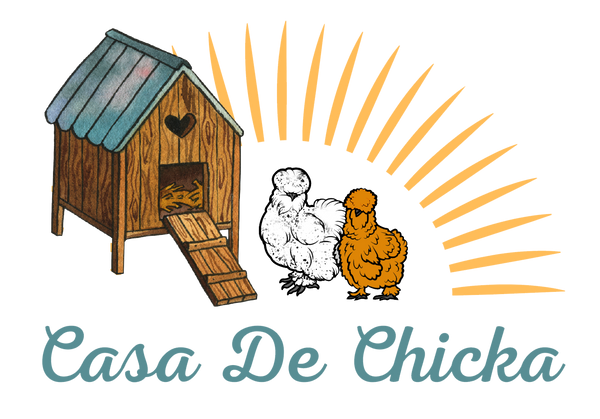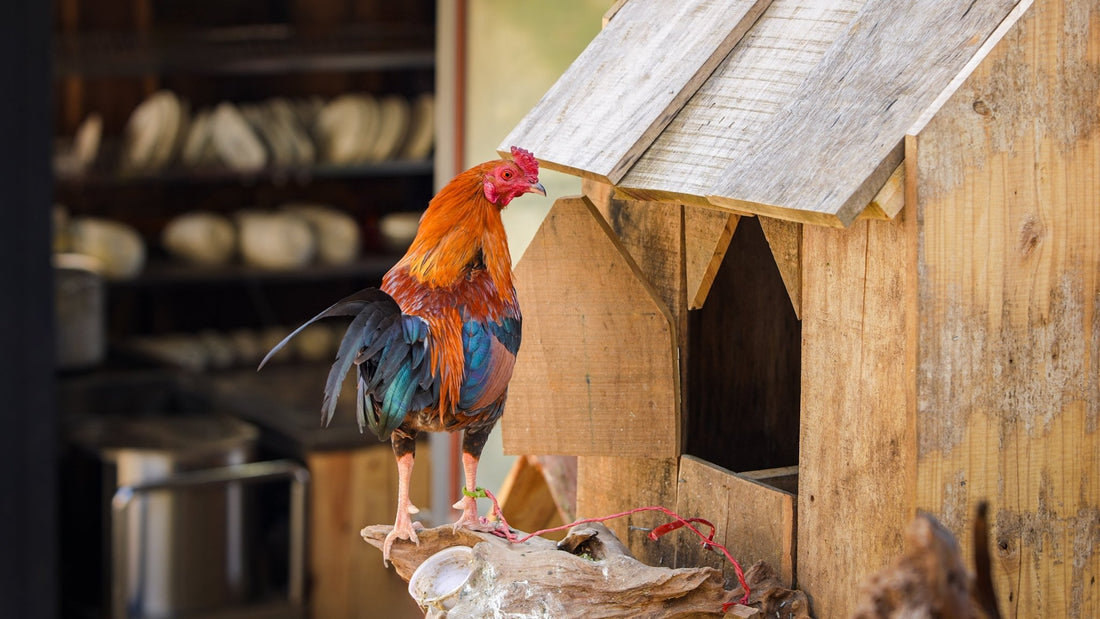As the chill of winter sets in, keeping your chickens healthy, comfortable, and warm becomes a top priority. One of the biggest decisions you’ll face as a chicken keeper is how to manage your coop’s cleanliness during the colder months. Two popular methods dominate winter chicken care: the deep litter method and daily coop cleaning. Each has its unique advantages and challenges, and the best choice often depends on your coop setup, flock size, climate, and personal routine. In this guide, we’ll explore these two methods in depth, examining how they impact chicken health, warmth, and your workload.
What is the Deep Litter Method?
The deep litter method is a low-maintenance, eco-friendly approach to coop management. It involves building up layers of bedding material, such as pine shavings or straw, while allowing droppings to decompose naturally over time. This decomposition generates heat, helping to keep the coop warm during winter, and eventually produces nutrient-rich compost for your garden.
How to Use the Deep Litter Method
- Start with a clean, dry coop and spread a thick base layer of bedding (4-6 inches deep).
- Each week, add a fresh layer of bedding to cover droppings and maintain dryness.
- Stir the bedding occasionally with a rake or pitchfork to mix in droppings, aerate the material, and promote decomposition.
- In the spring, remove the entire bedding pile to use as compost or replace it with fresh bedding.
Pros of the Deep Litter Method
-
Natural Insulation
The decomposition process generates heat, which can help maintain a warmer coop environment. This is especially beneficial in harsh winter climates where supplemental heating is impractical or risky. -
Time-Efficient
With the deep litter method, you’re not cleaning out the coop daily. Instead, you’re simply adding bedding and stirring occasionally, making it a low-effort option during the busy winter months. -
Composting Benefits
By spring, the bedding and droppings will have decomposed into nutrient-rich compost, perfect for use in your garden. This makes the deep litter method a sustainable choice for eco-conscious chicken keepers. -
Cost Savings
Since you’re not replacing bedding daily, you’ll save money on materials over the course of the season.
Cons of the Deep Litter Method
-
Moisture Management is Crucial
If the bedding becomes too damp, it can lead to ammonia buildup, foul odors, and respiratory issues in your chickens. Adequate ventilation and regular stirring are essential to prevent this. -
Requires Space
This method works best in larger, well-ventilated coops. Small coops may not have enough space for the deep layers of bedding or proper airflow. -
Odor Risk
If not managed properly, the buildup of droppings can produce unpleasant smells, especially in humid environments. -
Not Immediate Warmth
The deep litter method generates heat gradually, so it may take time before you notice significant warmth.
What is Daily Coop Cleaning?
Daily coop cleaning involves removing droppings and soiled bedding every day, ensuring the coop remains fresh and dry. This method prioritizes hygiene and requires more frequent maintenance but keeps the coop consistently clean and odor-free.
How to Perform Daily Coop Cleaning
- Each day, remove droppings and any damp bedding using a scoop or rake.
- Replace soiled areas with fresh bedding to maintain a clean surface.
- Spot-clean nesting boxes, roosts, and high-traffic areas as needed.
- Fully clean the coop every 1-2 weeks to sanitize and refresh all bedding.
Pros of Daily Coop Cleaning
-
Maximum Hygiene
Daily removal of droppings prevents the buildup of harmful bacteria, ammonia, and parasites, promoting a healthier environment for your flock. -
Odor-Free Coop
Frequent cleaning eliminates the smell of droppings, keeping your coop fresh and pleasant for both chickens and chicken keepers. -
Close Monitoring
Daily cleaning allows you to observe your chickens’ droppings, which can provide early clues about their health. For example, changes in color or consistency may indicate illness or dietary issues. -
Better for Small Coops
In smaller coops, waste can accumulate quickly, making daily cleaning a more practical solution to prevent dampness and odors.
Cons of Daily Coop Cleaning
-
Time-Consuming
This method requires daily effort, which can be challenging for busy chicken keepers or those dealing with harsh winter weather. -
Higher Costs
Frequent replacement of bedding materials leads to higher costs over time, particularly for larger flocks. -
No Additional Warmth
Unlike the deep litter method, daily cleaning doesn’t offer the benefit of heat generation through decomposition, so other measures may be needed to keep the coop warm. -
Waste Disposal
If you’re cleaning daily, you’ll need a system for managing and composting the soiled bedding, which can be labor-intensive in winter.
Which Method is Better for Winter?
Both methods have their merits, but the right choice depends on your specific circumstances:
-
Choose the Deep Litter Method if you:
- Have a large, well-ventilated coop.
- Live in a cold climate and want natural warmth.
- Prefer a low-maintenance approach.
- Are interested in composting for gardening purposes.
-
Opt for Daily Cleaning if you:
- Have a small or poorly ventilated coop.
- Want a pristine, odor-free environment.
- Have the time and resources for daily maintenance.
- Need to monitor flock health closely.
Combining the Two Methods
Many chicken keepers find success using a hybrid approach. For example:
- Use the deep litter method as a base strategy for warmth and efficiency.
- Supplement with daily spot cleaning during wet or snowy periods when moisture levels are higher.
This flexibility allows you to adapt to changing weather and flock needs while balancing hygiene and maintenance.
Final Thoughts
Whether you choose the deep litter method, daily coop cleaning, or a combination of both, the goal is the same: to create a warm, dry, and healthy environment for your chickens during winter. Consider your coop’s size, ventilation, and your own schedule when deciding which approach works best. With proper care and attention, your flock will thrive through the cold months and reward you with happy clucks and (hopefully) plenty of eggs.
FAQs
1. Can I switch from the deep litter method to daily cleaning mid-winter?
Yes, you can transition between methods as needed. For example, if the deep litter method becomes too damp, you can clean out the coop and switch to daily maintenance.
2. Does the deep litter method smell bad?
Not if managed properly. Regular stirring and good ventilation prevent odors from developing.
3. How much bedding do I need for the deep litter method?
Start with 4-6 inches of bedding and add a fresh layer every 1-2 weeks. You’ll need a larger supply compared to daily cleaning but will replace it less frequently.
4. Is daily coop cleaning better for chickens with respiratory issues?
Yes, daily cleaning minimizes ammonia buildup and provides a cleaner environment, which is better for chickens with respiratory sensitivities.
5. Can I use the deep litter method in a small coop?
It’s challenging to use the deep litter method in small coops due to limited space and ventilation. Daily cleaning may be a better option for smaller setups.
Choose the method—or combination—that works best for your flock, and you’ll ensure a safe, comfortable winter season for your chickens.

